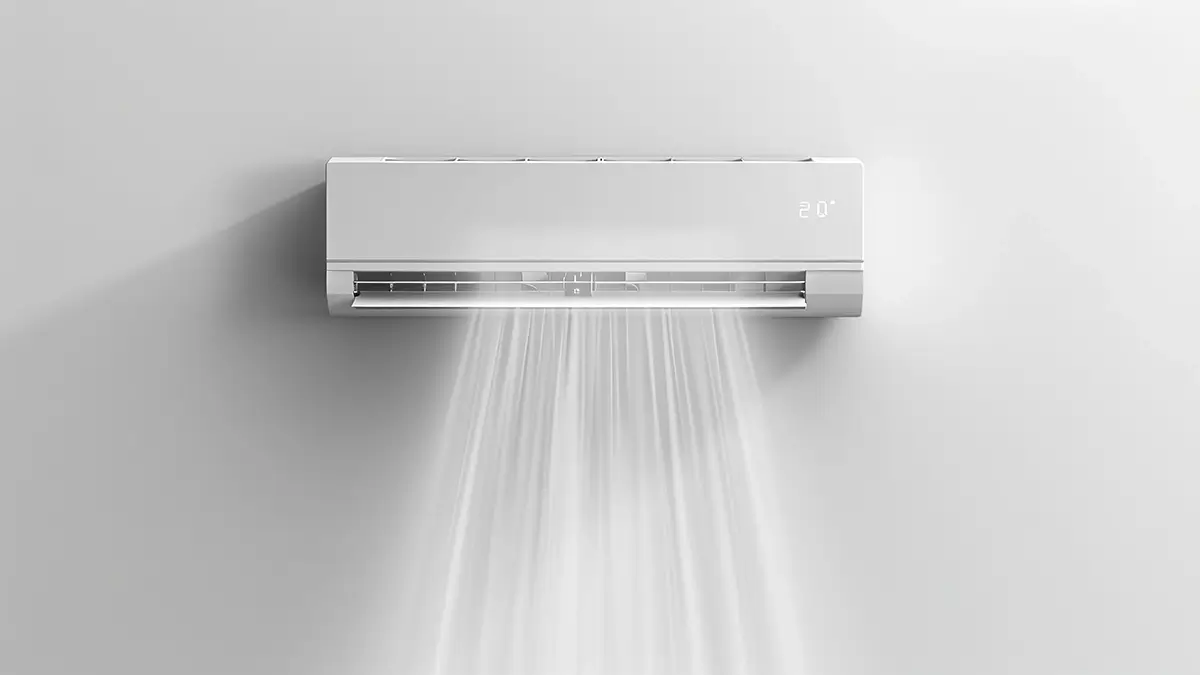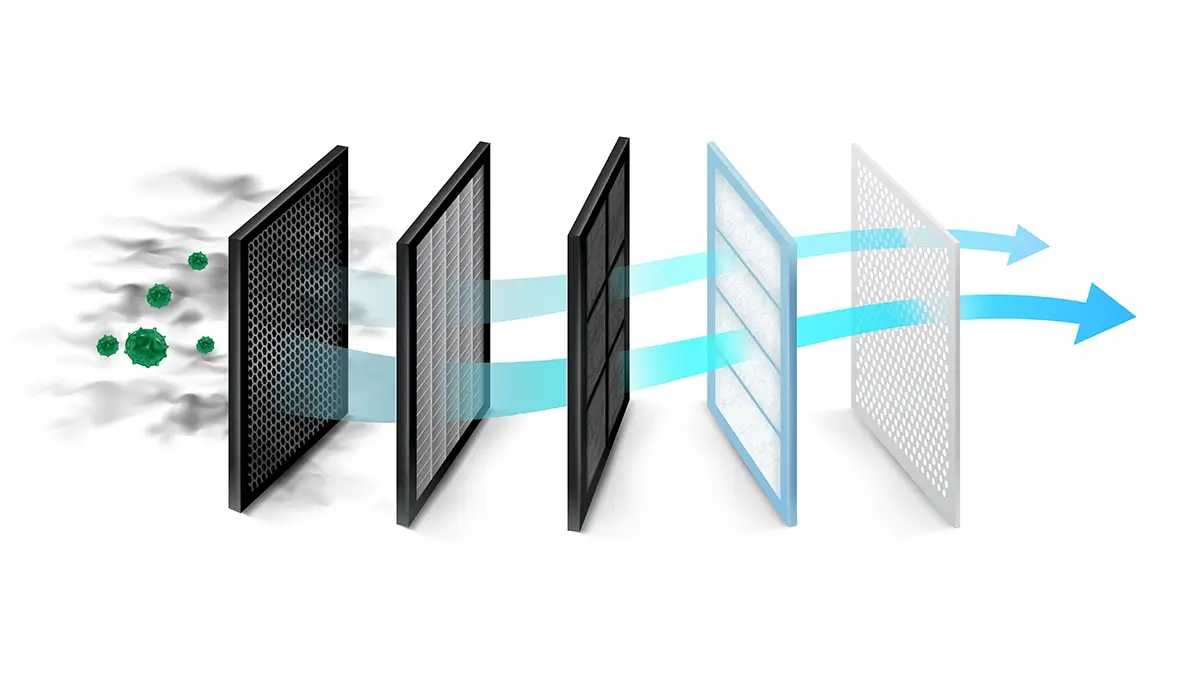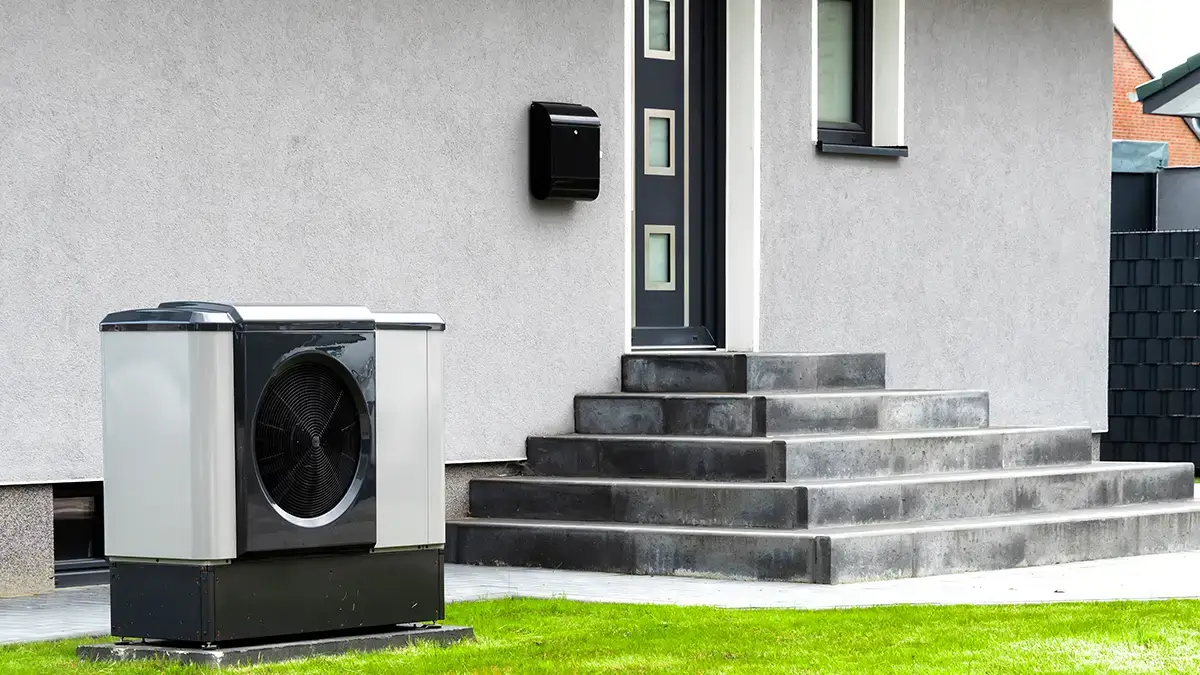
 Guide
Guide  What is air ionisation?
What is air ionisation? 
 Back
BackAnions, cations... we have all heard of them at some point – most likely during physics or chemistry lessons. However, it turns out that the presence of ions in the air not only affects its quality, but also our health and well-being. How can you tell if the air is well ionised? What is air ionisation and what is it good for? How can you ionise the air? We will explain all this below.
Almost all of us enjoy the first rains of spring or summer. We are not talking about storms and downpours, which are becoming more frequent in the UK due to global warming. We are talking about a warm, light drizzle on a sunny summer afternoon. Clouds circle the sky, moistening the leaves and cooling the sun-warmed earth. When asked about their favourite smell, many people say it is the scent of the air after a summer rain. This scent is called petrichor. Its source is, among other things, ions – in this case, negative ones. As a result of precipitation, new, single oxygen atoms are formed, which combine in threes to form ozone (O3). This gives the air a fresh and invigorating feel.
Researchers and technologists noticed the benefits of air ionisation and decided to follow Mother Nature's example, using her solution to meet people's everyday needs without having to wait for rain. This led to the creation of ionisers – devices that generate anions (negative ions). These neutralise the positive ions present in the air, making the indoor atmosphere similar to that accompanying summer rain.
Ionizers began to appear as separate devices, but over time they began to be installed as modules in air conditioners. We also use this innovative solution – for example, we have enriched our latest wall-mounted air conditioner model, KAISAI ICE, with an ioniser. This allows you to enjoy all the benefits of air ionisation without having to buy additional devices and clutter up your home.
The answer to the question about the harmfulness of air ionisation is simple. The process of using an ioniser in one form or another to change the ionic characteristics of an interior to negative or neutral is not harmful. On the contrary, discomfort may occur in people who spend too much time in a room that has not been ionised. Why?
Positive ions are generated by computers, audio/video equipment, telephone displays, televisions and screens, among other things. They also come from car exhaust fumes, industrial plants and even asphalt and concrete! It is therefore easy to conclude that cations are present in our everyday lives – and it is just as easy to see that their sources are not exactly the healthiest.
Positive ions themselves cause a deterioration in concentration, a lower mood and a feeling of tiredness. In addition, they are carriers of microorganisms, dust, viruses, bacteria, smog and allergens. These factors ‘attach’ themselves to cations and, thanks to them, float in the air, which facilitates their access to the human body. So, is air ionisation harmful? No, it is the positive ionic characteristics that can cause discomfort. This can be prevented by neutralising them, which is easiest to achieve with the help of, for example, a KAISAI GEO air conditioner equipped with an ioniser.
We have already mentioned air conditioners with a built-in ioniser. But what are its advantages over a device without enhancements or with two separate devices? How does an ioniser affect the relationship between air conditioning and allergies? We will try to find the answer to this question.
The choice of air conditioning for your home should be preceded by a thorough analysis of the investor's needs and the condition of their home. Only then will the equipment be able to provide optimal conditions for the residents. An ioniser built into the air conditioning system saves space in the home. One device takes up less space than two separate ones and is easier to operate – all you need is a remote control or, in the case of KAISAI devices, even a smartphone app!
An ioniser built into the air conditioning system will also effectively purify the air of allergens and microorganisms. This will help people with allergies minimise their symptoms – it is also a year-round solution, so it is perfect for combating the symptoms of many different allergies that can be spread over time, such as tree pollen season. All you need is an air conditioner with an ioniser, and your allergies will no longer be so bothersome.
Air ionisation involves neutralising cations and refreshing the air inside your home – just like after a warm summer rain. With an air conditioner with a built-in ionisation function, you can save space in your home and help family members with allergies. Buying a single device also saves space and money. It is worth choosing the right equipment for your home as soon as possible to be ready before the summer heat arrives.





